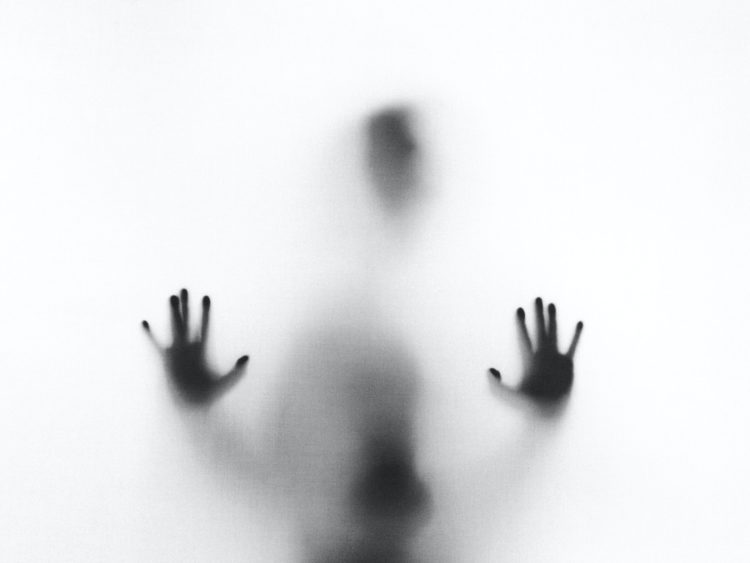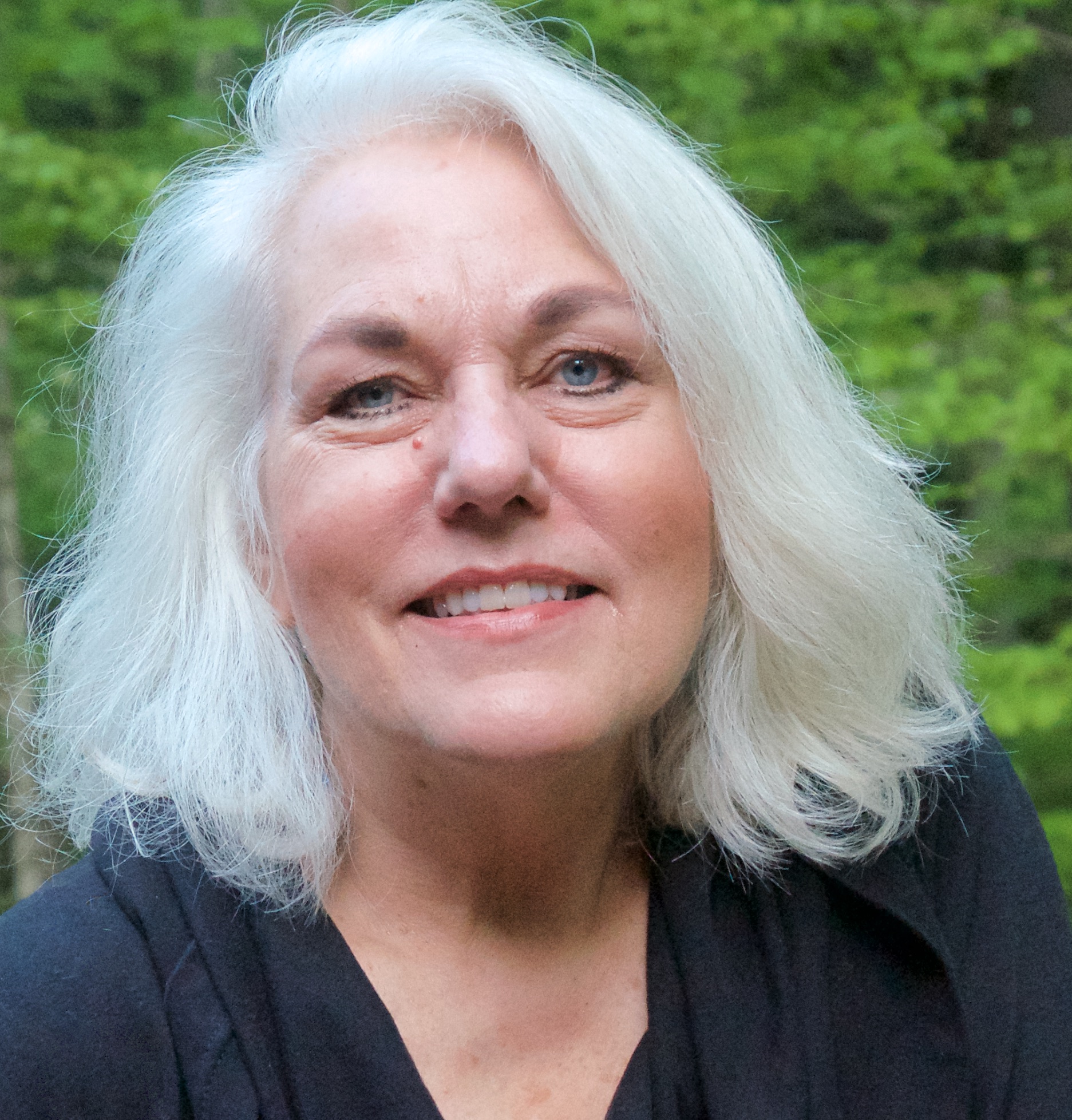
But it is comforting to be reminded, now and then, that our struggles are seldom unique and that we can gain valuable perspective by hearing how others move through them. For me, it’s usually the way to park my moping.
That happened earlier this month when I joined a Zoom conversation with a small group of academic criminologists in Norway. They meet regularly to discuss ethics and on this day dove into the challenges of interviewing victims of sexual violence in war zones. The other invited guest was a researcher who has interviewed women in places like Bosnia and Rwanda to collect information for reconciliation testimony. A paper she wrote has drawn a lot of attention because she dared to wrestle, publicly, with her discomfort about the researcher’s drop-in, drop-out role. Her dilemma: Was she doing any real good or just practicing a sanctioned form of trauma porn?
As I listened, it struck me that the same challenge faces those of us who do the kind of journalism that focuses on deeply personal and painful events: losing a child to gun violence, losing a soldier-son to war, losing a home and livelihood and sense of pride to a chaotic economy. On a more existential level, I would even add losing hope for the environment or for a functioning civil society. Some journalists can truly immerse in people’s lives and stay on a story for a long, long time, although they are still buffered by their focus as witnesses. Most of us do what I think of as parachute journalism: We drop in, sit with people in harsh times, then are airlifted out.
The imperative of empathy
The criminologists because they were curious how journalists deal with source relationships and ethics in the field. My main answer is that we need to make empathy — an active awareness of the other — a primary reporting tool.
That’s not automatic. It takes conscious effort — layers and layers of careful reporting to determine if someone truly represents the situation we’re exploring, if they will grant us access to what we need to produce a compelling but credible account and if they understand the consequences of opening their lives to us. We also need to believe in the purpose of our work — of thoughtful, public-service journalism as a profession and of an individual story in the moment. If we are going to ask people to make themselves vulnerable to us, we have to believe it is worth our effort and theirs. We have to believe in the greater good; that always sounds arrogant, which means it requires enormous humility.
An appropriate challenge came flying back from the academics: But how do you know that it does, they asked?
That, of course, is the ultimate question and, unless we truly are arrogant, an unsettling one. But it’s one we must face again and again. There is no one-size-fits-all approach to stories, no sure, singular rule. In my many years as a reporter and editor, I found that journalism required what my Jesuit college professors called “situational ethics.” Talk about unsettling, not to mention controversial.
But that doesn’t mean I have a free pass to ignore ethics — personal or professional — on a whim. That approach to ethics can’t be conflated with another old aphorism: The end justifies the means. If anything, it means the opposite: The means must service a justifiable end. If that challenge doesn’t keep you awake at night, as you’re working your way through a sensitive story, you’re a better sleeper than I.
For some familiar context, I mentioned the Hippocratic Oath. We often speak of it in convenient shorthand: “First, do no harm.” Or an even more common and absolute version: “Do no harm.” Both are inaccurate simplifications. My reading indicates that the oath is an ethic embedded in a broader philosophy, one that guides several difficult — and often painful — decisions for the ultimate benefit of a patient.
Nor is the boiled-down version a realistic part of medical practice. Diseases are misdiagnosed. Some treatments can seem more assaultive than the core illness or injury. Patients die. And not all medical school graduates take that or any other pledge, although medical professionals have to be licensed, which may be society’s way of trying to ensure ethical behavior.
Professional values and personal practice
Journalists, of course, are not formally licensed — at least not in the United States. We are a motley lot and, amongst ourselves, can squabble a comma to death. But raise the specter of government oversight and we rally together like wasps defending their nest. Individual news organizations or associations have ethics policies, but I don’t know of any that require a formal oath-taking by reporters. In some newsrooms, they exist in some impenetrable personnel manual given to new hires, tucked in between dense pages about sick leave policy and computer access. In too many cases, they are never put in writing or, if they are, never updated. So we are left to intuit these things.
Even if those such policies existed and were ironclad, and we went into the field with them tattooed on our writing arm, they would get squishy in the face of a lot of field reporting. Out there, looking into the eyes of someone whose experienced the unimaginable, we are pretty much on our own.
So what do you do? I was asked. How do you know you aren’t just causing more pain, or that your story serves any greater good?
I hope I didn’t shrug in response. I do know I sighed, sent links to the policies and readings I find most useful, and then offered my own touchstones:
- Know yourself. Be as aware of you can of your values and biases, ambitions and fears.
- Know, as well as you can, your story subject. Ask those extra layers of questions to determine if they understand not just your goal but your process.
- Lean on colleagues and trusted friends — people who support you but will be brutally honest if you’re making excuses. Check your decisions and methods again and again.
- Believe in the public purpose of the story you’re doing. Be prepared to state it for the public.
- Be prepared to face the story subject after publication and listen to their concerns or complaints.
- And always, be fully human.


